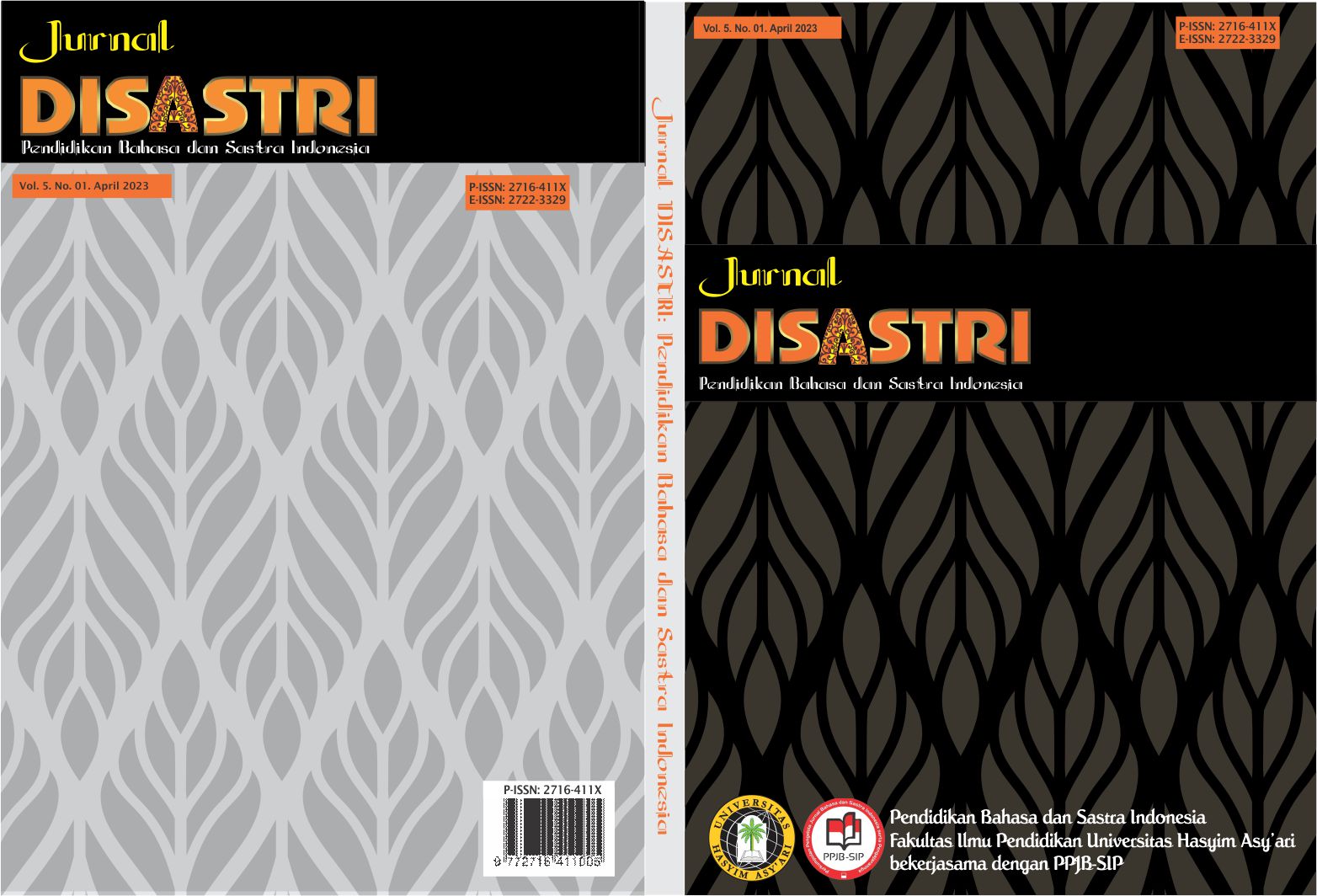THE AUDIENCE'S RECEPTION OF THE INTENSITY OF WOMEN IN THE FILM AIR MATA SURGA BY RAHABI MANDRA DKK
DOI:
https://doi.org/10.33752/disastri.v5i1.3875Keywords:
Keywords : Intensity of women, film.Abstract
Film is audio-visual in communication media which is useful to watch and observe. Various forms of film stories that are presented have their own characteristics in giving color to the world of cinema, as well as attracting public interest to watch them. The film Air Mata Surga tells about the strength, fortitude, and sincerity of a woman. The main character, Fisha, is a woman who experiences various problems in her life but has the fortitude and keeps herself closer to God in every problem. This film teaches the strength of a woman who sincerely faces problems in her life and proves the sincerity of her love for her husband. The power that is presented in the film A.M.S has many lessons and motivations for the audience, especially women in dealing with living and household conditions. The value of the strength that exists will make the audience emotional, so the audience will have different responses to judge. According to the researcher, the power of women in the film A.M.S is interesting to study, by relating the responses of respondents to see the power of women in the film. The response can be positive or negative depending on the assessment of each respondent. Discussion of responses from the audience in this study uses reception theory which means acceptance and a form of enjoying literary works from readers. This study also uses a qualitative method in the form of a descriptive form that prioritizes understanding.
Keywords : Intensity of women, film.





.jpg)










